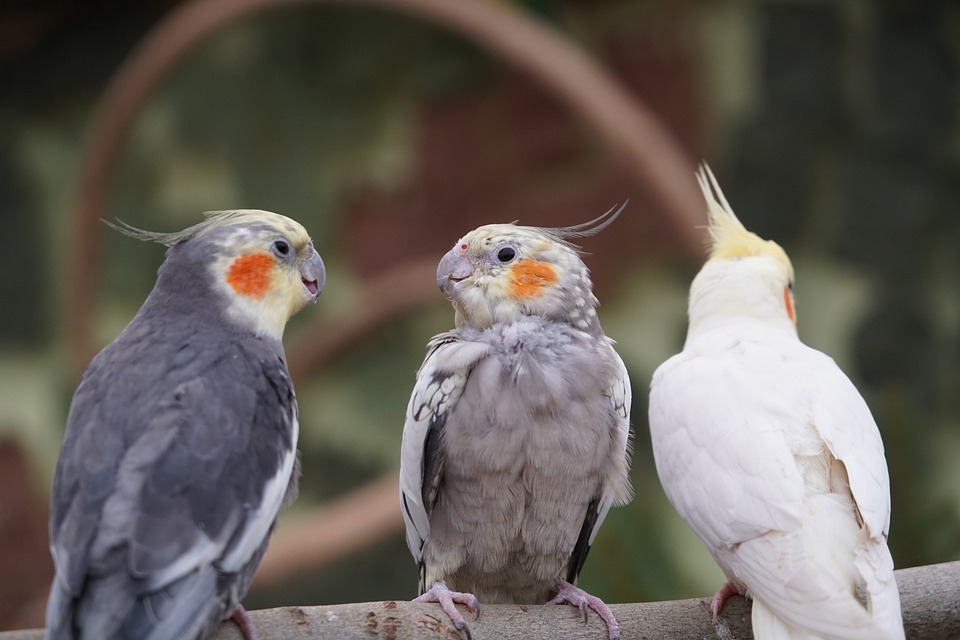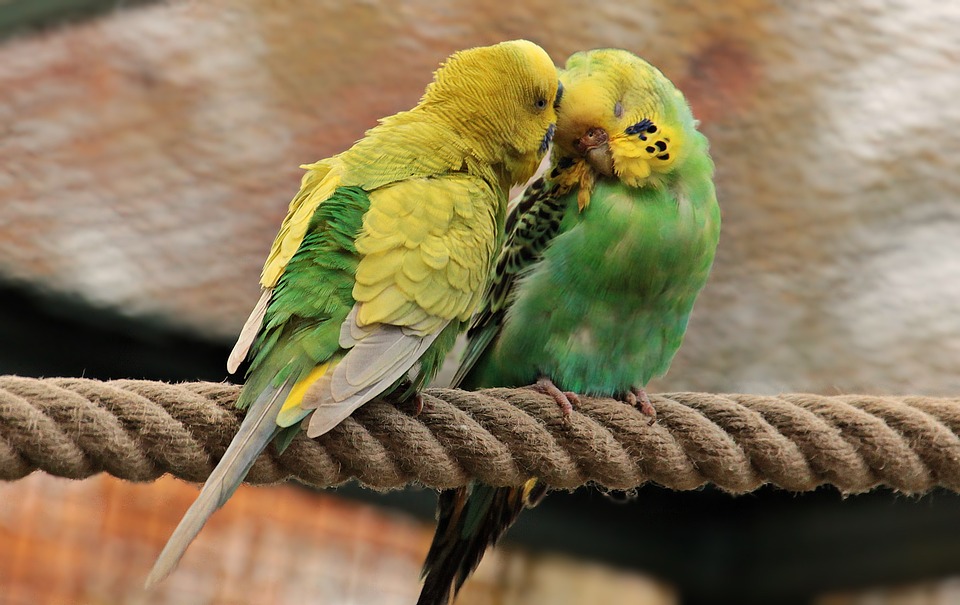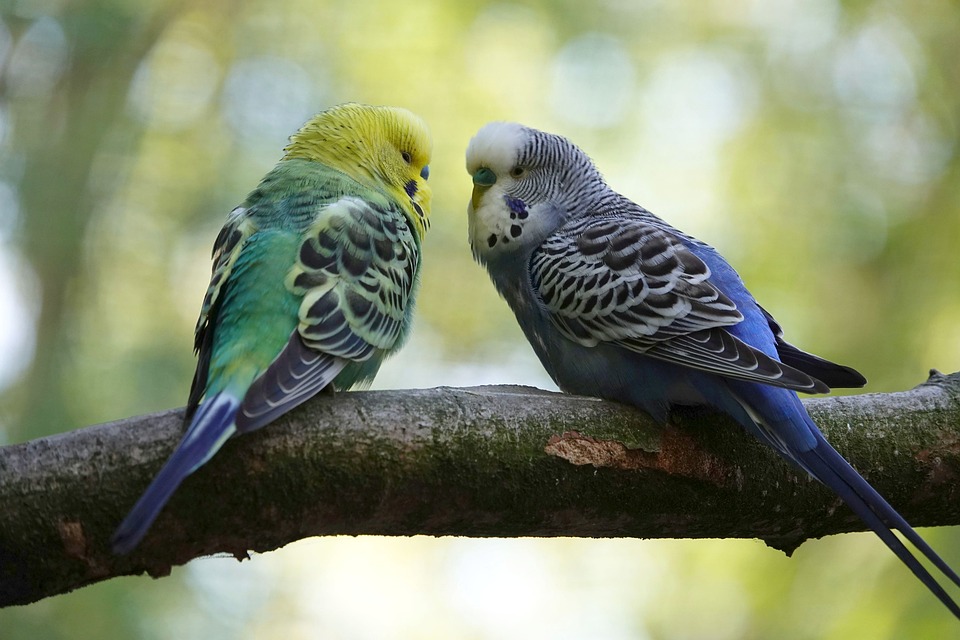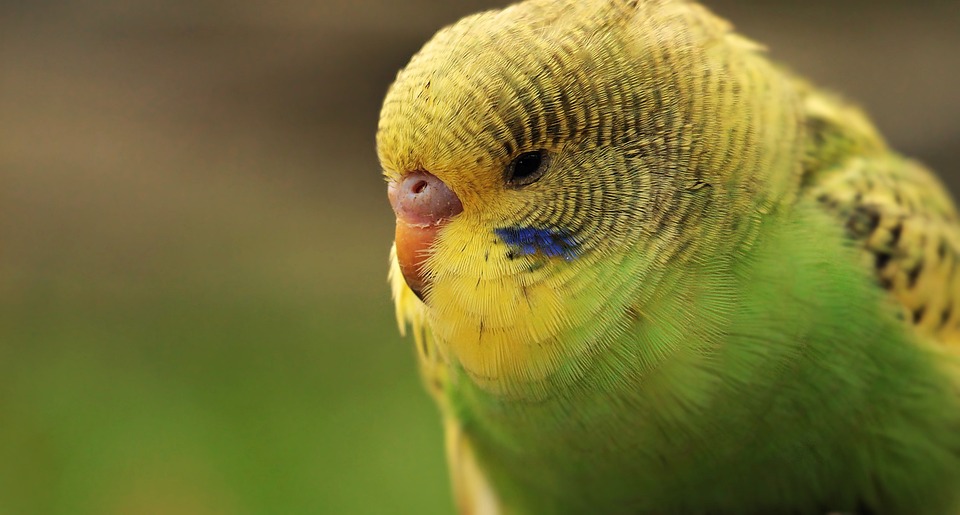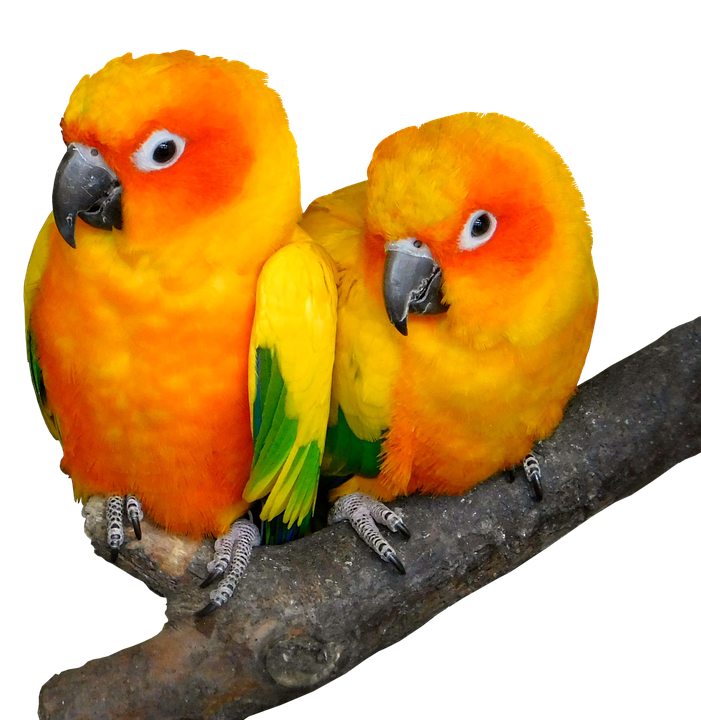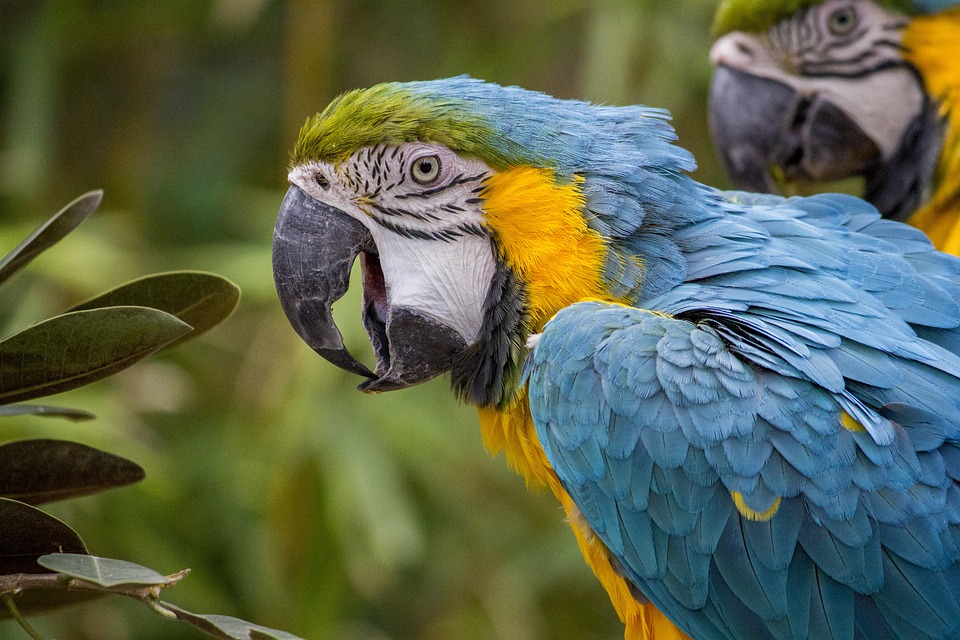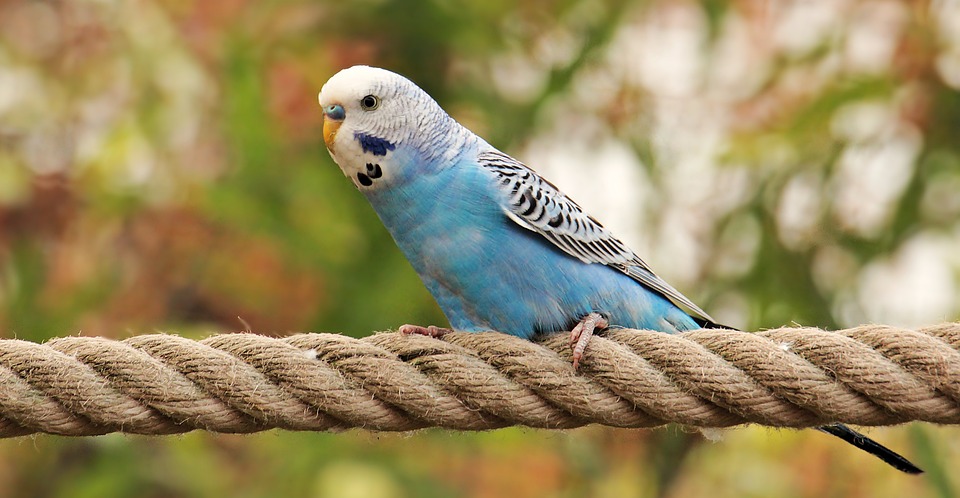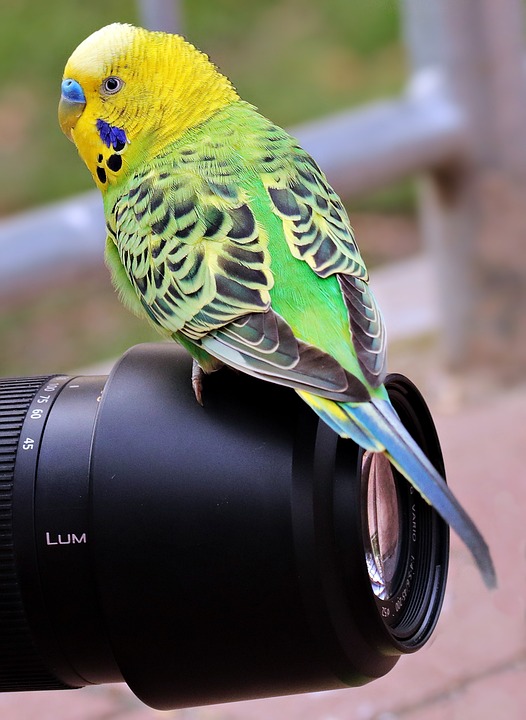Unlocking the potential of parrot training requires creating a positive learning environment and gradually introducing them to different training environments. By following these strategies, parrot owners can encourage their feathered friends to interact with new surroundings and make training sessions enjoyable and enriching for both parties.
Safety should always be the top priority when setting up a training area. Parrots are curious creatures and can easily chew or ingest hazardous substances. Owners should ensure that the training area is free from potential dangers and toxic substances.
Physical comfort is also important for parrots during training. Providing suitable perches, toys, and a variety of textures can keep their feet engaged and prevent boredom. Additionally, maintaining an appropriate temperature and lighting conditions will help the parrot feel at ease.
Minimizing distractions is crucial for successful training sessions. Choosing a quiet location where the parrot can focus without being distracted by loud noises or sudden movements will help them concentrate better and absorb training concepts effectively.
Positive reinforcement is a powerful tool for motivation during training. Utilizing treats, praise, and rewards creates a positive association with the training environment and encourages future engagement.
When introducing parrots to new training environments, it’s important to start small and gradually increase exposure. Beginning with a new environment that closely resembles their familiar surroundings, such as a different room in the house, will help the parrot feel more comfortable and willing to explore.
Adding novel elements to the environment, such as new toys, different perches, or interactive props, can pique the parrot’s curiosity and encourage interaction with their surroundings.
If weather permits, outdoor training can provide highly stimulating experiences for parrots. Exposure to natural elements, sights, and sounds can enhance their training experience. However, proper safety measures, such as using a secure harness or enclosure, must be in place.
Socializing with other parrots is another way to encourage interaction with different training environments. Parrots are highly social creatures and can learn from each other. Arranging playdates or training sessions with other parrots can enhance their socialization skills and provide a diverse training experience.
Every parrot adapts to new training environments at their own pace. Some may readily explore new surroundings within a few sessions, while others may take longer. Patience, consistency, and positive reinforcement are key to helping parrots adapt smoothly.
For parrots that are fearful of new environments, slow and gradual exposure, combined with plenty of positive reinforcement and reassurance, can help alleviate their anxiety over time.
Target training can be an effective technique to encourage interaction with new environments. Teaching the parrot to touch a target stick or a specific object with their beak or foot can guide and encourage them to explore new areas or interact with objects within the environment.
Parrots of all ages can learn and adapt to new training environments. With patience, positive reinforcement, and consistent training, even older parrots or those that have never been trained before can develop the confidence and skills needed to interact with different environments.
In conclusion, creating a positive learning environment, gradually introducing new environments, and utilizing positive reinforcement techniques are key strategies to encourage parrots to interact with different training environments. By following these strategies, parrot owners can unlock their feathered friends’ full potential and enjoy a rewarding training experience.

